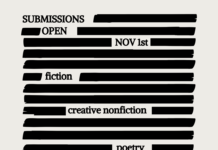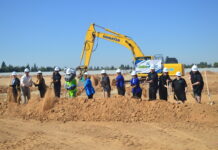March 4, 2024 – Protecting public health and ensuring fire safety is a top priority for the Valley Air District and California Department of Forestry and Fire Protection (CAL FIRE).
Warmer temperatures and reduced snowpack can create longer and more intense dry seasons making conditions far more susceptible to severe wildfires. Residents are encouraged to be prepared and plan ahead for wildfire season.
One important way residents in our foothill and mountain communities prepare for wildfire season is by requesting a burn permit to reduce the flammable vegetation around buildings or structures.
Referred to as Hazard Reduction Burning, this type of proactive fuel reduction activity mitigates the potential for causing a fire hazard, traffic hazard, public nuisance, or negatively impacting air quality.
Section 4291 of the California Public Resources Code (PRC 4291) requires the removal of vegetation that could spread fire from trees and ground cover to a building or structure.
The purpose is to maintain properties within the State Responsibility Area (SRA) in a fire-safe condition by providing a defensible area should a wildfire occur.
Per this regulation, residents in SRAs are required to:
- Clear 100 feet or more of flammable vegetation from around buildings
- Maintain 10 to 15 feet of spacing between shrubs, large plants, and trees
- Keep trees trimmed at least 10 feet from any chimney and trimming dead limbs hanging over property
- Remove all needles and leaves from roofs, eaves, and rain gutters
- Regular watering and weeding of landscaping to keep it fire safe
- Consultation with your local forestry or fire protection agency for additional requirements
Recently, the Valley Air District and CAL FIRE entered into a Memorandum of Understanding (MOU) to provide an “online one-stop shop” for obtaining burn permits in the Valley.
The process previously involved residents physically visiting their local fire station to receive their burn permit.
The agreement improves communication and availability of the daily Hazard Reduction Burn status (issued by county), as well as notices when burning is suspended at specific locations within the Valley Air District’s SRAs.
This MOU will help achieve the goal of streamlining the permitting process to allow burning in the state to reduce hazard fuels and prevent devastating wildfires.
“CAL FIRE has long worked in cooperation with the SJVAPCD and is proud to see the continued coordination of agencies to help make burn permits more accessible within the eight counties of the SJVAPCD,” said Deputy Director Frank Bigelow. “This MOU will also help the state achieve its goal of creating healthier, more sustainable natural environments.”
To date, the partnership between CAL FIRE and the District has received 3,668 residential Hazard Burn Reduction permit applications while granting 3,420.
“This is just another example of the Valley Air District and the state working together to make things easier for our residents,” stated Jaime Holt, Chief Communications Officer San Joaquin Valley Air Pollution Control District.
“This streamlined process is a win-win; it assists our foothill and mountain communities while reducing wildfire risk for all Valley residents.”
Valley residents who wish to learn more about and apply for Hazard Reduction Burning permits are encouraged to familiarize themselves with the process before engaging in Hazard Reduction Burning activities.
It should be noted that this permitting process does not apply to Agricultural Open Burning or Residential Fireplace and/or Woodstove use.
The Valley Air District covers eight counties including San Joaquin, Stanislaus, Merced, Madera, Fresno, Kings, Tulare and San Joaquin Valley air basin portions of Kern.
For additional information about the San Joaquin Valley Air Pollution Control District, visit www.valleyair.org or call 559-230-6000.








